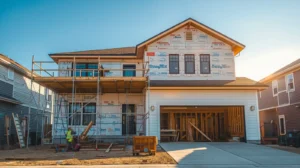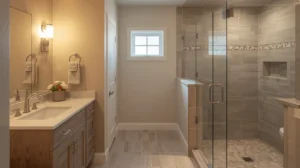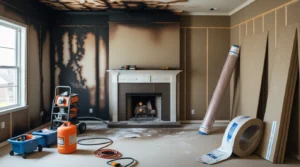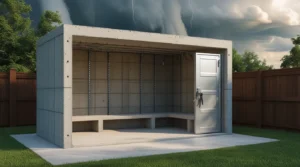Every old house has a story, but age often brings challenges like outdated layouts, worn materials, and hidden repair needs. Still, with the right renovation plan, an old home can become safe, efficient, and stylish without losing its unique character. Renovation ideas for old homes often include restoring wood floors, updating kitchens, repairing roofs, and adding modern touches like lighting or energy-efficient windows. This guide explains how to start, what to prioritize, and how to balance charm with comfort. By the end, you’ll have practical, step-by-step inspiration for transforming an older home into a place that feels both timeless and new.
Understanding the Charm of Old Homes
Old homes hold a type of charm that newer houses often cannot match. From tall ceilings to intricate woodwork, their details reflect craftsmanship that has lasted through generations. Walking through an old house often feels like stepping into a story, with walls, floors, and windows that have witnessed decades of family life. Yet this character comes with challenges. Paint peels, plumbing leaks, and drafty windows can make living less comfortable. Despite these issues, many homeowners choose to restore and remodel instead of starting fresh. Why? Because renovating preserves history while letting you create a home that feels personal, warm, and welcoming.
Why Renovating an Old House is Worth the Effort
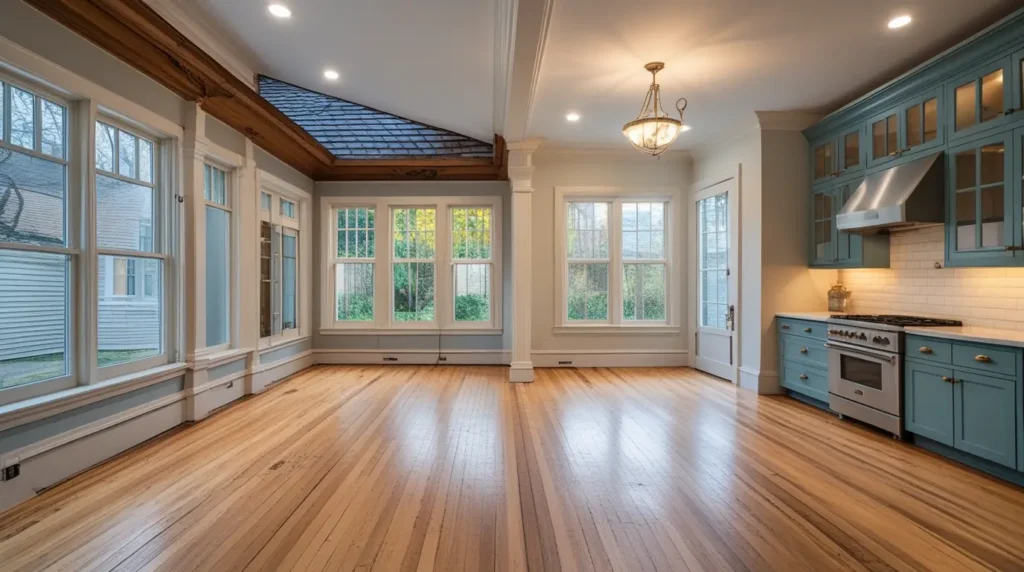
Renovating an old house is not just about beauty it’s also about safety, efficiency, and value. Repairs to roofing, wiring, and plumbing protect against accidents while saving on costly future fixes. Updating insulation and windows reduces energy bills, making homes more comfortable year-round. Renovations also boost property value, helping homeowners see a return if they sell later. Beyond money, renovations bring pride and comfort. They allow families to enjoy a home that feels like their own while still honoring its original design. With each project, the house becomes stronger, safer, and more enjoyable to live in.
Where to Start When Renovating an Old House in Catonsville, MD
Starting a renovation can feel overwhelming, especially with older houses. The key is to begin with an inspection. Professionals check the foundation, roof, electrical systems, and plumbing. These are the areas where problems often hide, and fixing them early prevents bigger costs later. Once the structure is secure, you can move on to design. Paint, flooring, lighting, and layout updates all come after safety. Homeowners in Catonsville, MD often find that even small, thoughtful changes, like restoring wood floors or adding light fixtures, make their homes feel fresh while preserving their unique character.
Renovation vs. Restoration: Knowing the Difference
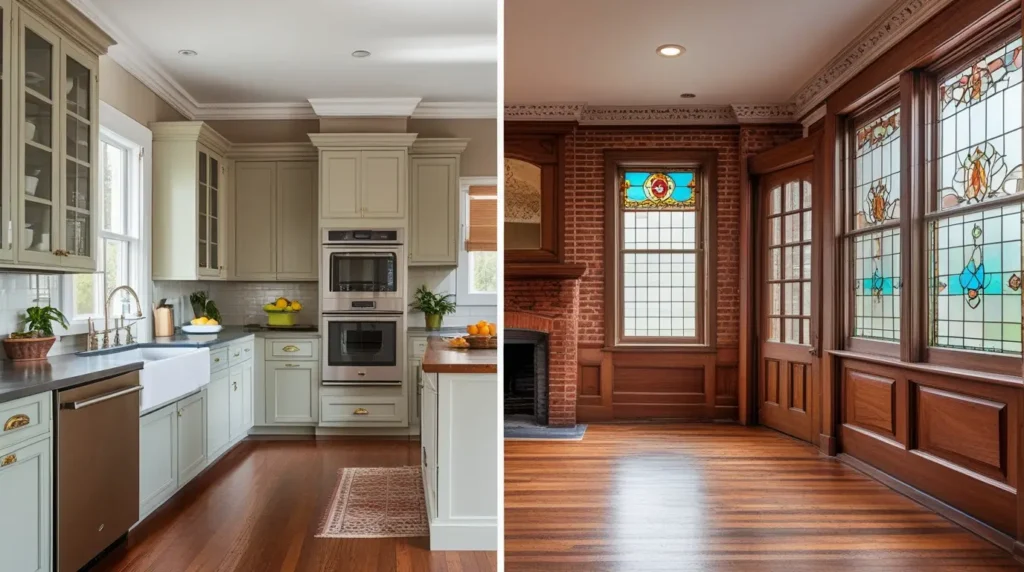
When working on an older home, it’s important to understand the two main approaches: renovation and restoration. Both improve the house, but they do so in very different ways. Knowing the difference helps homeowners plan wisely and avoid mistakes.
Renovation
Renovation is about making an old house work for modern living. It means adding comfort, safety, and convenience that older homes often lack. A renovation project may involve:
- Upgrading kitchens with modern appliances, new cabinets, and durable countertops.
- Installing updated bathrooms with water-efficient fixtures and easy-to-clean tile.
- Knocking down walls to create an open-concept floor plan.
- Replacing old flooring with hardwood, vinyl, or carpet.
- Adding new insulation, windows, and HVAC systems for energy efficiency.
Renovation is flexible it allows homeowners to change how a space functions. For example, turning an unused attic into a home office or basement into a family room counts as renovation. The goal is to bring the house up to today’s standards while improving how it feels to live in.
Restoration
Restoration, on the other hand, focuses on bringing back the home’s original beauty and historic charm. Instead of replacing, restoration revives what is already there. A restoration project may involve:
- Repairing and refinishing antique wood doors instead of installing new ones.
- Restoring plaster walls and ceilings rather than covering them with drywall.
- Bringing original crown molding or trim back to life with careful cleaning and painting.
- Fixing brick fireplaces, wood floors, and staircases to preserve craftsmanship.
- Using historically accurate materials or colors to maintain the home’s character.
Restoration is often chosen by people who value history and want to keep their home as authentic as possible. For example, in a 1920s house, restoration might include keeping the original stained-glass windows instead of replacing them with modern designs.
Finding the Right Balance
Many homeowners discover that a mix of renovation and restoration is best. Some areas, like plumbing and electrical, must be updated for safety. At the same time, details like trim, windows, or flooring can be restored to preserve charm. The balance depends on budget, lifestyle, and how much history the homeowner wants to keep.
Updating Old Houses with Modern Touches
Modernizing an older house doesn’t have to erase its character. Start with small changes that make a big impact. A fresh coat of neutral paint brightens spaces instantly. Replacing outdated lighting with energy-efficient fixtures creates a warmer feel. Old carpets can be swapped out for hardwood or vinyl flooring for a sleek, clean look. Kitchens benefit from new cabinets and counters, while bathrooms shine with updated tile and water-saving fixtures. Even simple updates, like swapping heavy drapes for lighter curtains, make a difference. These touches give the home a new life while keeping the charm that made it special.
Old House Repairs That Shouldn’t Be Ignored
Repairs are the foundation of every successful renovation. Older homes often hide issues that cannot be ignored. Leaky roofs let in water, leading to mold and structural damage. Weak foundations may shift, causing cracks in walls. Old wiring poses fire risks, while outdated plumbing can leak or burst. Windows with cracks or gaps reduce energy efficiency, driving up heating and cooling costs. Addressing these repairs first creates a strong, safe base for all future work. Skipping them risks undoing all your design improvements later. By fixing what matters most, you ensure peace of mind for years to come.
Creative Old House Makeovers with Community Improvement Group Expertise
Once the essentials are fixed, it’s time to think about style. Old houses often have closed-off rooms and limited storage. With creative makeovers, these challenges can become strengths. Open floor plans create bright, airy spaces. Built-in shelves maximize storage without taking up extra room. Kitchens can be updated with custom cabinets that fit the home’s style. Bathrooms benefit from modern tile while keeping vintage details like clawfoot tubs. With help from Community Improvement Group, homeowners can design layouts that respect history while offering the comfort of modern life. These makeovers transform outdated rooms into spaces full of life.
How to Make an Old House Look New Without Losing Character
It’s possible to refresh an older home without stripping away what makes it special. Restoring wood floors reveals natural beauty that paint or carpet may have hidden. Adding energy-efficient windows improves comfort while keeping the same design as the originals. Kitchens can be modernized with stainless steel appliances but paired with vintage-inspired cabinets. Fireplaces, staircases, and original trim should be restored rather than replaced when possible. These upgrades keep the spirit of the house alive while making it easier to live in. The goal is to bring harmony between history and modern comfort.
Small Old House Remodel Ideas for Limited Spaces
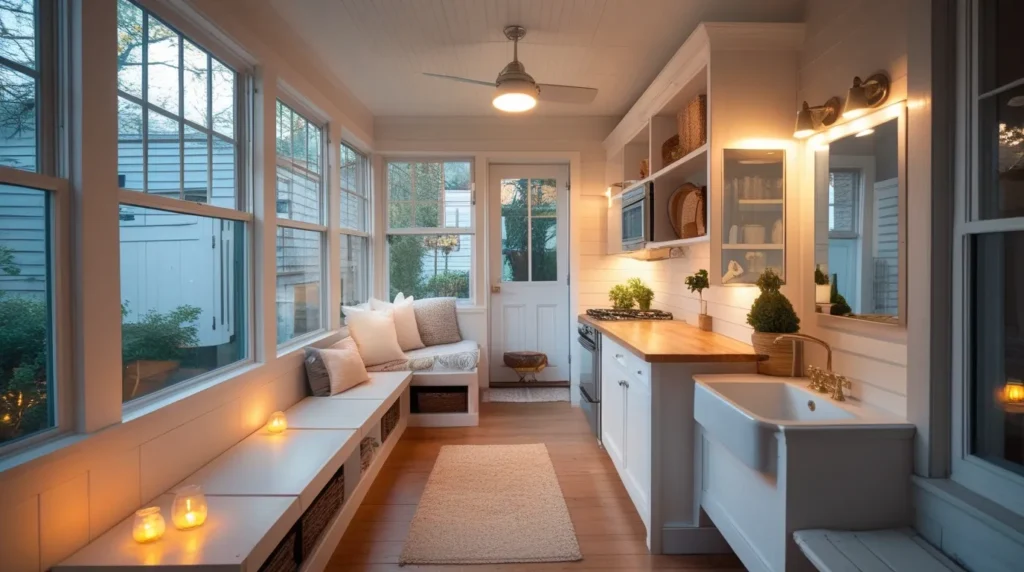
Many older homes are smaller, but that doesn’t mean they can’t feel open and modern. Removing unnecessary walls can make rooms larger and brighter. Built-in benches or shelves add storage without cluttering space. Using mirrors and lighter paint colors creates an illusion of size. Kitchens can include compact appliances that save space while still working well. Bathrooms may benefit from corner sinks or walk-in showers. Even outdoor areas, like small porches, can be improved with cozy seating or lighting. With smart choices, small homes become functional, stylish, and inviting.
Refurbishing and Fixing Up an Old Home Step by Step
Step 1: Set goals and budget
Start by deciding what you want to achieve. Do you want to restore original charm, add modern comfort, or both? Write down your goals in order of importance. Create a budget that includes money for unexpected repairs old houses often hide surprises. A good rule is to save 10–15% of the total for emergencies.
Step 2: Document the house
Walk through every room and take photos from different angles. Measure walls, windows, and doorways. Keep notes about cracked walls, uneven floors, or water stains. Save or label features you want to keep, like decorative trim, wood doors, or old hardware. This record helps you plan and shows contractors exactly what needs work.
Step 3: Get a full inspection
Hire licensed professionals to check the roof, foundation, electrical system, plumbing, and HVAC. Ask about hidden hazards like lead paint, asbestos, or old insulation that might not be safe. A home inspection helps you know what to fix first and gives you a realistic view of costs before you begin.
Step 4: Handle safety first
Repair urgent problems right away. That includes loose stairs, exposed wiring, water leaks, gas issues, and mold. Fixing safety issues protects your family and prevents bigger, more expensive problems later. Safety always comes before design updates.
Step 5: Plan and pull permits
Draw up a room-by-room plan, even if it’s simple. This helps you stay organized and avoid doing the same job twice. If the work involves major electrical, plumbing, or structural changes, check your local building office to see if you need permits. Permits may take time, but they make sure everything meets safety codes.
Step 6: Stabilize the structure
Address the “bones” of the house. Fix cracks in the foundation, reinforce framing, and repair or replace damaged roof sections. Old houses can shift over time, and securing the structure early ensures that your future work won’t be ruined by movement or leaks.
Step 7: Update systems (“mechanicals”)
Upgrade old wiring to prevent fire hazards. Replace outdated fuse boxes with modern breaker panels. Fix corroded or leaking pipes and install modern plumbing that can handle today’s needs. Have your heating and cooling systems serviced or replaced to keep your home comfortable year-round.
Step 8: Stop drafts and add insulation
Old homes often leak air around windows, doors, and attics. Seal gaps with caulk or weatherstripping. Add insulation to attics, basements, and walls where possible. Good insulation lowers energy bills and makes the house more comfortable in all seasons.
Step 9: Repair or restore windows and doors
If possible, keep original wood windows by repairing frames and replacing glass. This keeps the home’s character alive. If they are beyond repair, replace them with energy-efficient models that look similar. Fix doors that stick, replace broken locks, and add new weatherstrips to stop drafts.
Step 10: Solve water issues
Water is the enemy of old homes. Clean gutters regularly, extend downspouts to move water away, and slope soil away from the foundation. If your basement is damp, add drains, a sump pump, or waterproof coatings. Preventing water damage saves thousands in future repairs.
Step 11: Close up walls and ceilings
Once wiring and plumbing are updated, patch holes and cracks. Repair old plaster if possible or install new drywall where needed. Smooth surfaces will make paint and finishes look much cleaner. This step brings the house back to life after all the hidden work is complete.
Step 12: Floors first, then paint
Repair subfloors for stability. Refinish hardwood floors to show off their original beauty, or install new flooring if needed. Protect floors with covers, then move on to painting walls and ceilings. Always do flooring before final painting to prevent damage to fresh walls.
Step 13: Update kitchens and baths
These are the most-used rooms and often need the most attention. Install new cabinets, countertops, and sinks. Use water-saving faucets and low-flow toilets. Add tile for easy cleaning and durability. Ventilation fans help reduce moisture, which is especially important in older houses.
Step 14: Add lighting and hardware
Lighting transforms an old home. Mix ceiling fixtures, task lighting, and floor lamps for warmth and function. Update hardware such as door handles, cabinet pulls, and light switches. Small details like this modernize the look without losing the home’s character.
Step 15: Finish with storage and style
Older homes sometimes lack closet space. Add built-in shelves, benches with hidden storage, or under-stair cabinets. Choose furniture that fits the size of your rooms—avoid bulky pieces that make small spaces feel smaller. Décor like rugs, curtains, and artwork bring the whole project together.
Step 16: Final checks and cleanup
Walk through the home and make a punch list of small items paint touch-ups, loose outlets, squeaky doors. Clean the house from top to bottom, removing dust and debris from the renovation process. A full cleanup makes your house truly feel ready to enjoy again.
Step 17: Create a maintenance plan
Renovation is not the end. Keep your home in shape with regular care. Schedule roof inspections every year, clean gutters, and service heating and cooling systems. Touch up paint before it peels, and seal windows before they leak. A maintenance plan keeps small problems from becoming major issues.
Long-Term Renovation Ideas for Old Homes with Community Improvement Group
The best renovations are those that last. Adding solar panels reduces energy bills while supporting a greener lifestyle. Upgrading HVAC systems improves comfort in all seasons. Smart-home technology makes daily living easier, from programmable thermostats to security cameras. Outdoor spaces can also add value, with new patios, decks, or landscaping. These improvements not only raise property value but also make life more enjoyable. With guidance from Community Improvement Group, you can choose projects that fit your needs today and your goals for tomorrow. The result is a home ready for many more years of living.
Renovation ideas for old homes include repairing essential systems, restoring original features, updating kitchens and bathrooms, and adding modern touches. These steps make older homes safe, stylish, and efficient while keeping their unique charm.
When you’re ready to transform your home, start planning today. With careful steps and the right guidance, your old house can become the modern, comfortable home you’ve always wanted

